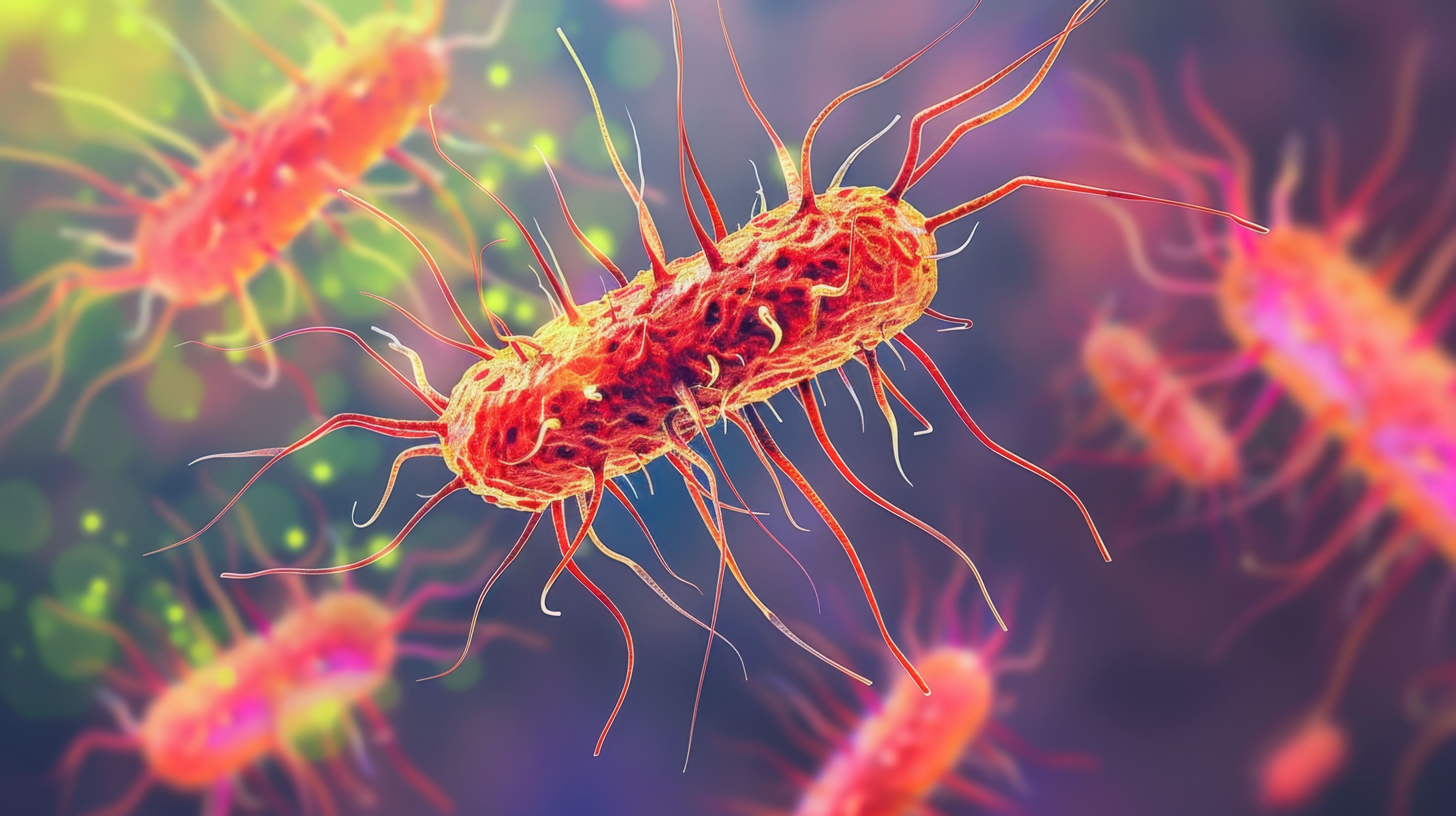Article
What Are Treatment Options for C. diff?
Author(s):
Pharmacists should educate themselves about the options available to help patients manage this bacterium that causes severe diarrhea and colitis.
Clostridium difficile, also known as C. diff, is a bacterium that can severe diarrhea and inflammation in the colon.
C. diff primarily affects hospitalized, older adults in long-term-care facilities or nursing homes, though it also does sometimes afflict younger patients, as well. Every year, about half a million individuals in the United States get sick from this bacterium.¹
C. diff was first isolated from the stool of an infant by Hall and O’Toole in 1935. The name chosen came from reflecting the difficulty with culturing it in the lab, as well as its isolation. The Pseudomembranous colitis was first discovered in 1893, but it was not until 1978, when George, et al, connected the dots between C. diff and most cases of antibiotic-associated diarrhea in humans.2
A leading cause of most hospital-acquired illnesses in the United States, C. diff is estimated to cost the health care industry more than $1 billion annually in the United States.3
The CDC reported more than 220,000 C. diff infections in 2017 and about 12,000 deaths that resulted.⁴
Symptoms of the infection typically develop usually within 5 to 10 days after starting a course of antibiotics and may include abdominal cramps, pain, and tenderness; dehydration; fever; an increase in white blood count; kidney failure; loss of appetite; nausea; rapid heart rate; swollen abdomen; and watery diarrhea more than 3 to 4 times a day.
C. diff bacteria are found in the air; animal and human feces; soil; and water. Some are present in food products, such as processed meats. Taking some antibiotics that kill the bad and good bacteria can also cause C. diff infections. These antibiotics may include cephalosporins, clindamycin, fluoroquinolones, and penicillin.1
When it comes to diagnosing C. diff, there are a few tests, including antigen test, polymerase chain reaction, and toxin B, as well as cytotoxin neutralization assay cultures.5
As far as treatment options, the key is treating patients quickly, as even mild cases can be considered medical emergencies. Treatment antibiotics can include fidaxomicin, metronidazole, vancomycin. These treatment options are augmented with electrolyte replacement, fluids, and isolation from others. If the antibiotics do not work and the infection progresses to toxic levels, all or part of the colon may need to be surgically removed, as well, in a procedure called colectomy. Fecal microbiota transplantation is another option that can recolonize the colon with good and normal gut bacteria. Probiotics can also help restore the healthy population of bacteria in the gut.
Yet another option is taking patients off antibiotics, such as cephalosporines, clindamycin, and fluoroquinolone, that can kill good bacteria. Intravenous (IV) formulation of the above-mentioned treatment options, such as vancomycin, is not recommended, as it is not secreted into the gut. If a patient has recurring incidences of C. diff, pulse dosing with fidaxomicin or vancomycin may be an option. Another option is Zinplava (bezlotoxumab), a synthetic antibody that can neutralize C. diff toxin B and protect the colon. The recommended dose is 0mg/kg administered as an IV infusion over 60 minutes.
Conclusion
C. diff-caused infections are high risk and must be treated in a timely fashion. Health care providers must constantly educate themselves about treatments and diagnose and treat patients aggressively and quickly.
References
1. C. difficile infection. Mayo Clinic. January 4, 2020. Accessed June 21, 2021. https://www.mayoclinic.org/diseases-conditions/c-difficile/symptoms-causes/syc-20351691
2. Heinlen L, Ballard JD. Clostridium difficile infection. Am J Med Sci. 2010;340(3):247-252. doi:10.1097/MAJ.0b013e3181e939d8
3. Nearly half a million Americans suffered from Clostridium difficile infections in a single year. CDC. March 22, 2017. Accessed June 21, 2021. https://www.cdc.gov/media/releases/2015/p0225-clostridium-difficile.html
4. Clostridioides difficile infection. CDC. January 4, 2020. Accessed June 21, 2021. https://www.cdc.gov/hai/organisms/cdiff/cdiff_infect.html
5. C. diff symptoms, causes, treatments & medications. SingleCare. June 9, 2021. Accessed June 21, 2021. https://www.singlecare.com/conditions/clostridium-difficile-treatment-and-medications






